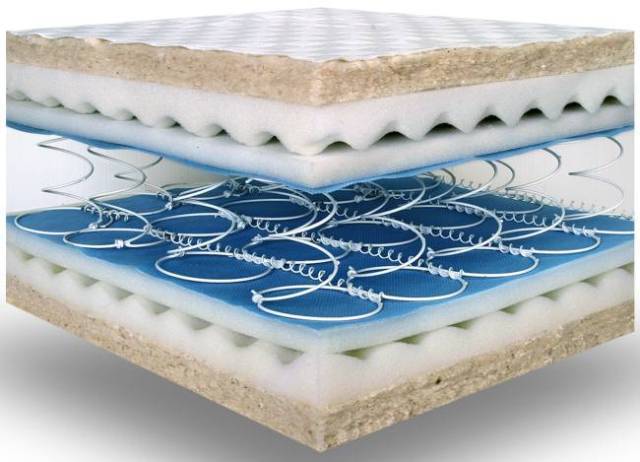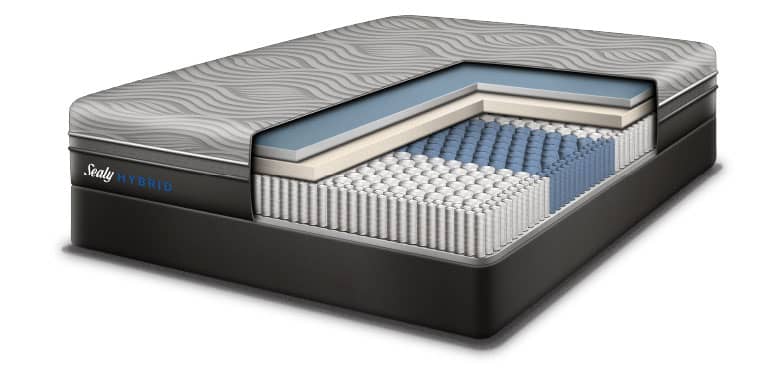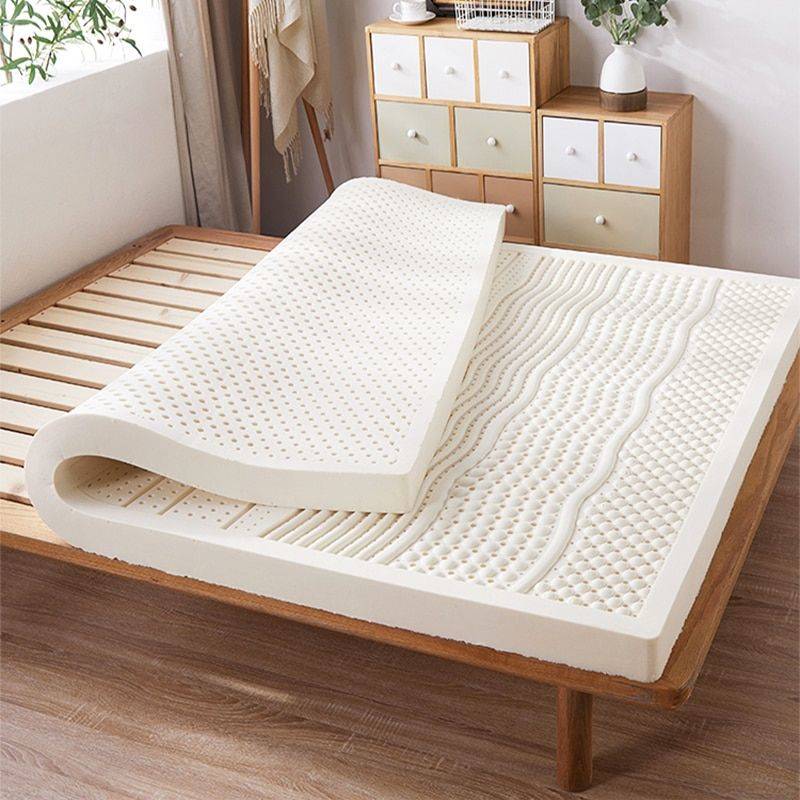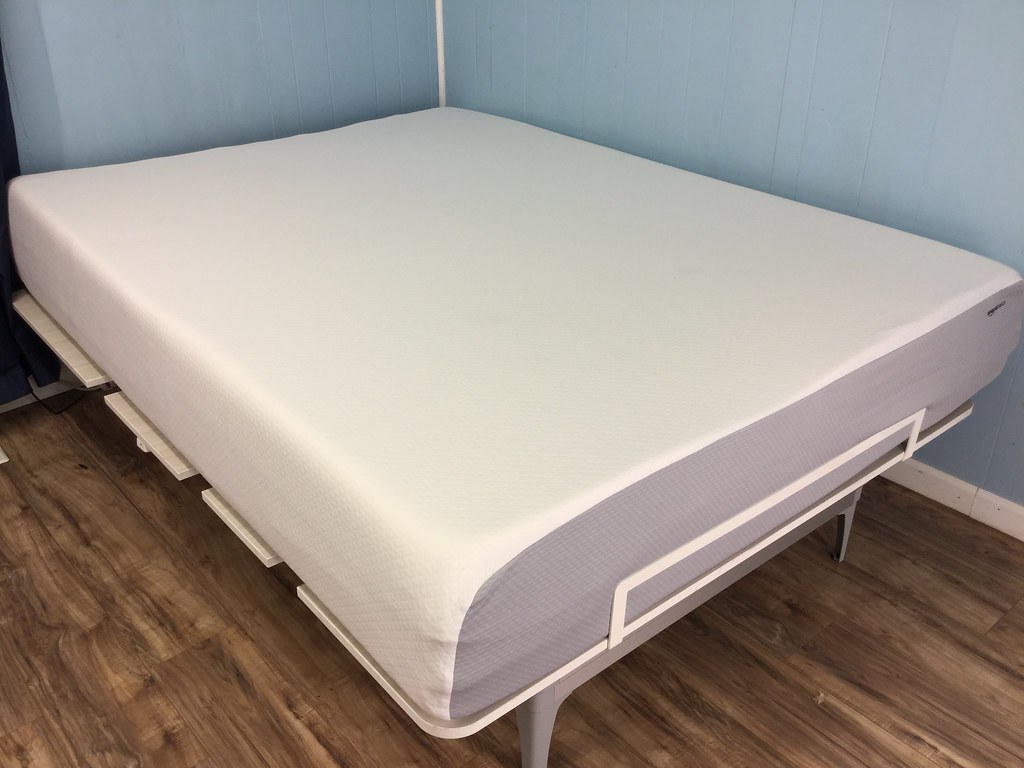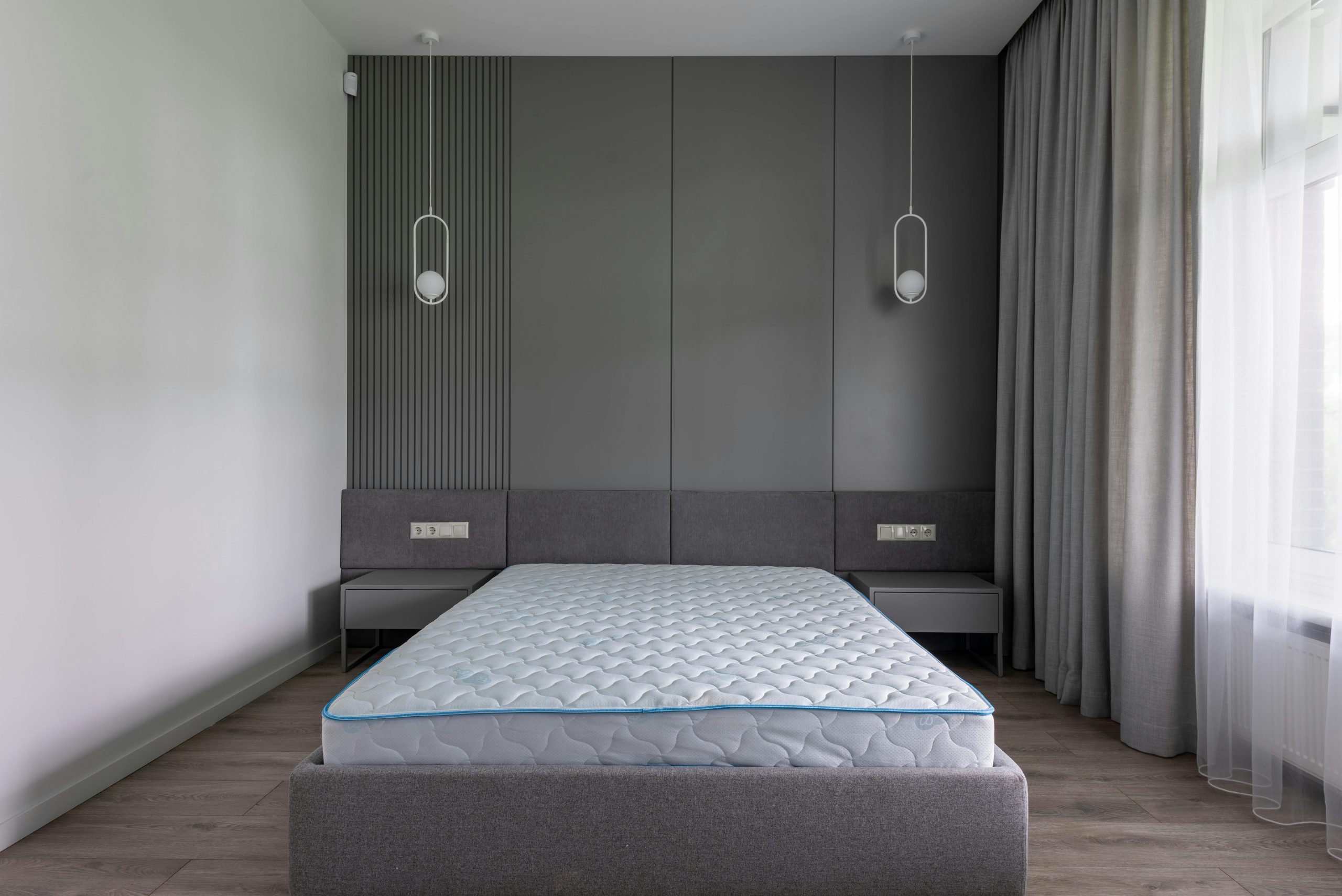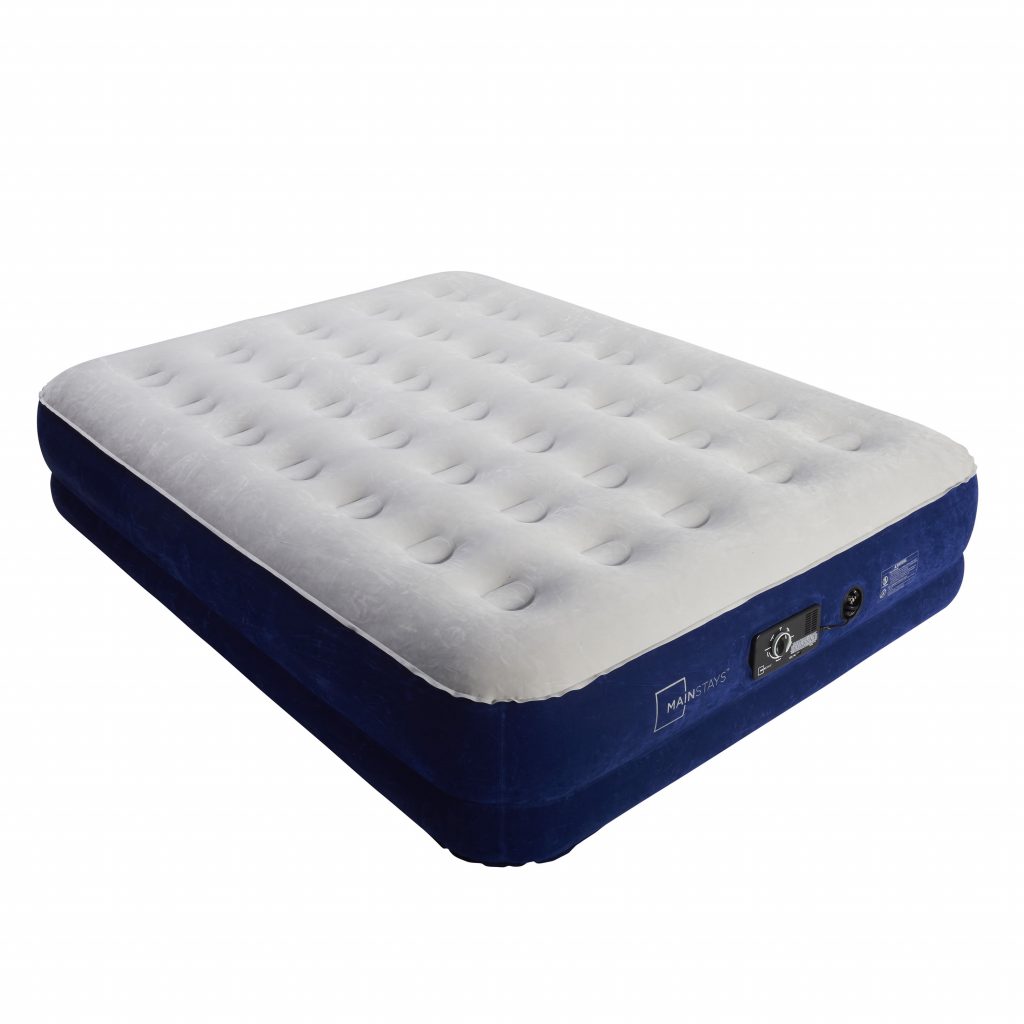Choosing the right mattress
Choosing the right mattress
When it comes to mattresses there is no such thing as the ‘best mattress’. A potential mattress must suit the health parameters of the concerned patient. Selecting the right mattress involves evaluating many factors that will fulfil one’s need for support, comfort and overall well-being.
Over the years mattresses have evolved in more ways than one. From innerspring mattresses to water beds, memory foam mattresses and airbeds – each comprises specific materials or is constructed in a certain way to heighten comfort and provide the right frame that the body requires.
According to a 2021 Lancet Rheumatology report, there are 87.5 million people in India suffering from low back pain. The study outlines that in 2020 low back pain affected 619 million people worldwide. It further projects 843 million cases by 2050.
According to an article published by Harvard Health Publishing, low back pain is one of the factors leading to stunted mobility in middle-aged people. The article explains that to alleviate pain, it is essential to choose the right mattress. The article also presents to us a contrarian view – earlier doctors recommended firm mattresses but a survey of 268 people with low back pain concluded that hard mattresses led to poor sleep. Not much difference was found between those sleeping on medium firm and firm mattresses. On the other hand, soft mattresses may cause joints to twist thereby leading to heightened pain during sleep hours. Supporting this view is an article by New York Times which says that people suffering from chronic pain should opt for a medium-firm mattress.
The major types of mattresses are:
Innerspring mattress
Hybrid mattress
Latex mattress
Memory foam mattress
Orthopaedic mattress
Air mattress
Innerspring mattress – Innerspring, as the name suggests, provides an additional spring and bounce feel. The mattress comes with layers of polyfoam, strong coils and varying levels of padding. These mattresses can have higher motion transfer (when movement on one side affects the other causing poor sleep) compared to other mattresses. However, models with coils pocketed individually can reduce motion transfer.
Hybrid mattress – Built with a combination of latex layers and memory foam placed on top of an innerspring mattress. Hybrid mattresses have a strong core of innerspring coils, reducing stress on the spine and joints. These mattresses strike a good balance between support and softness.
Latex mattress – made from latex material that allows more bounce, and spinal alignment to bones. This attribute makes it easier to change positions while sleeping and significantly reduces the risk of stiff neck and joints. Compared to memory foam, latex mattresses bring about a cooling effect which ensures a cosy sleeping experience.
Memory foam mattress – Memory foam can be beneficial for bone health because of its taut inner core which provides support to the contours of the body. This feature can alleviate pressure points, enable spinal alignment and prevent the body from sinking too deeply.
Orthopaedic mattresses – Orthopaedic mattresses are recommended by doctors for patients suffering from chronic pain or recovering from injury. These mattresses are also beneficial for athletes. Orthopaedic mattresses have a firm middle and are soft near the head and feet. This structure gives a firm scaffolding to the natural structure of the spine.
Air mattress – Air mattresses are used to shield ageing patients from pressure injuries. When the skin is sapped of oxygen, pressure ulcers and sores are quick to develop. This is where air mattresses come in. They are designed to prevent pressure sores from occurring. They are often referred to as anti-decubitus mattresses. By assuming different patterns, the air flow clogs the pressure build-up and allows better circulation in susceptible areas of the body.
(Photo by: OpenAI 2024)
The above is a graphic representation of different kinds of mattresses and their structures. Each bar represents a type of mattress with its key features listed next to it.
By evaluating these factors, one can find a mattress that supports bone health, ensures comfort and promises a good night’s sleep.

